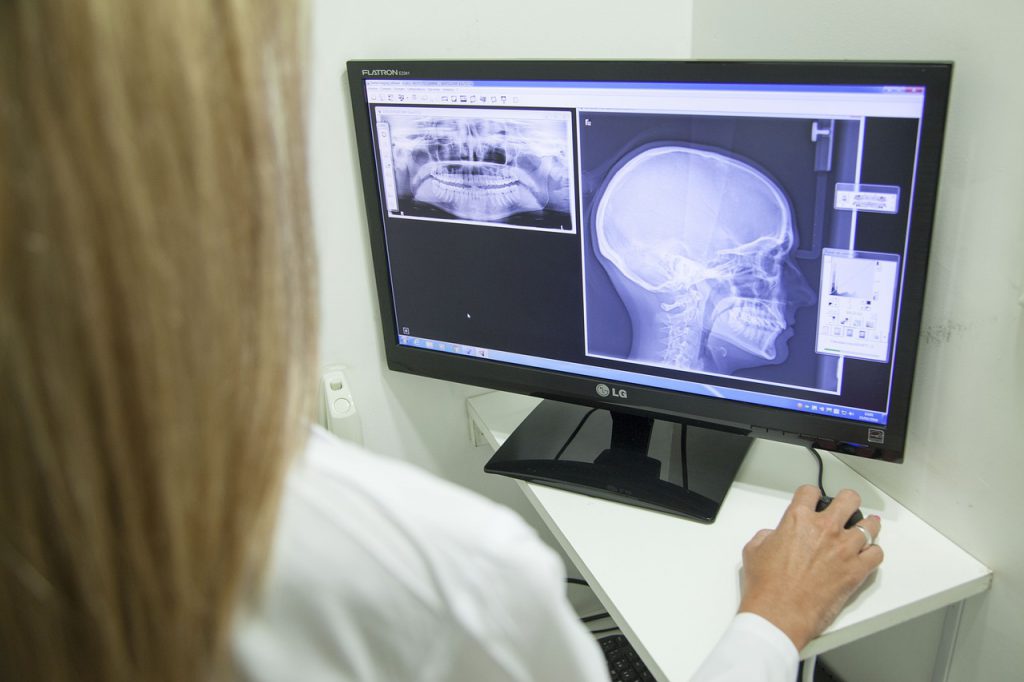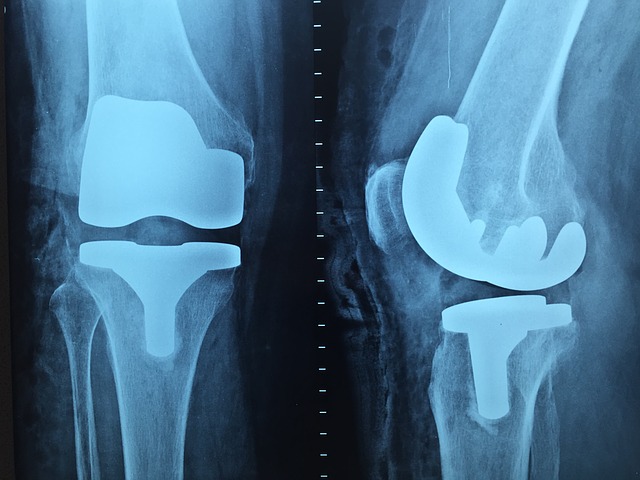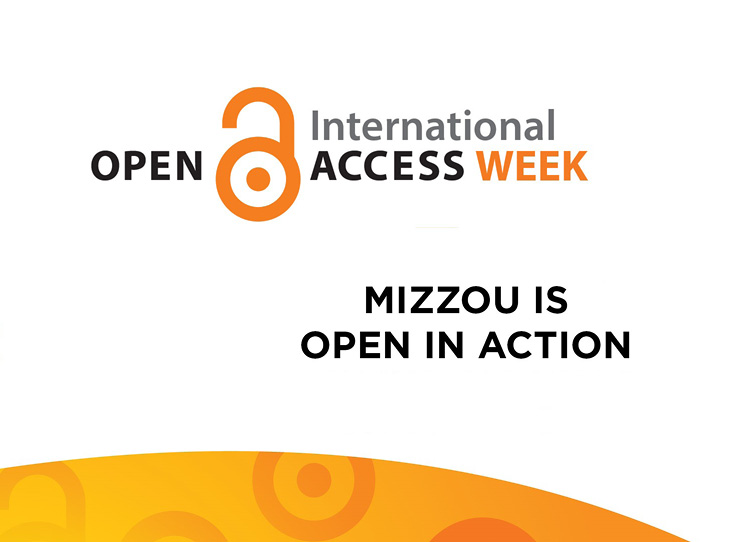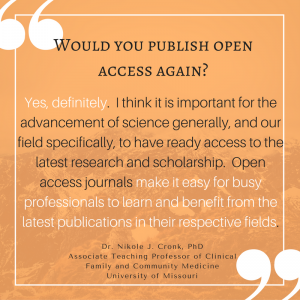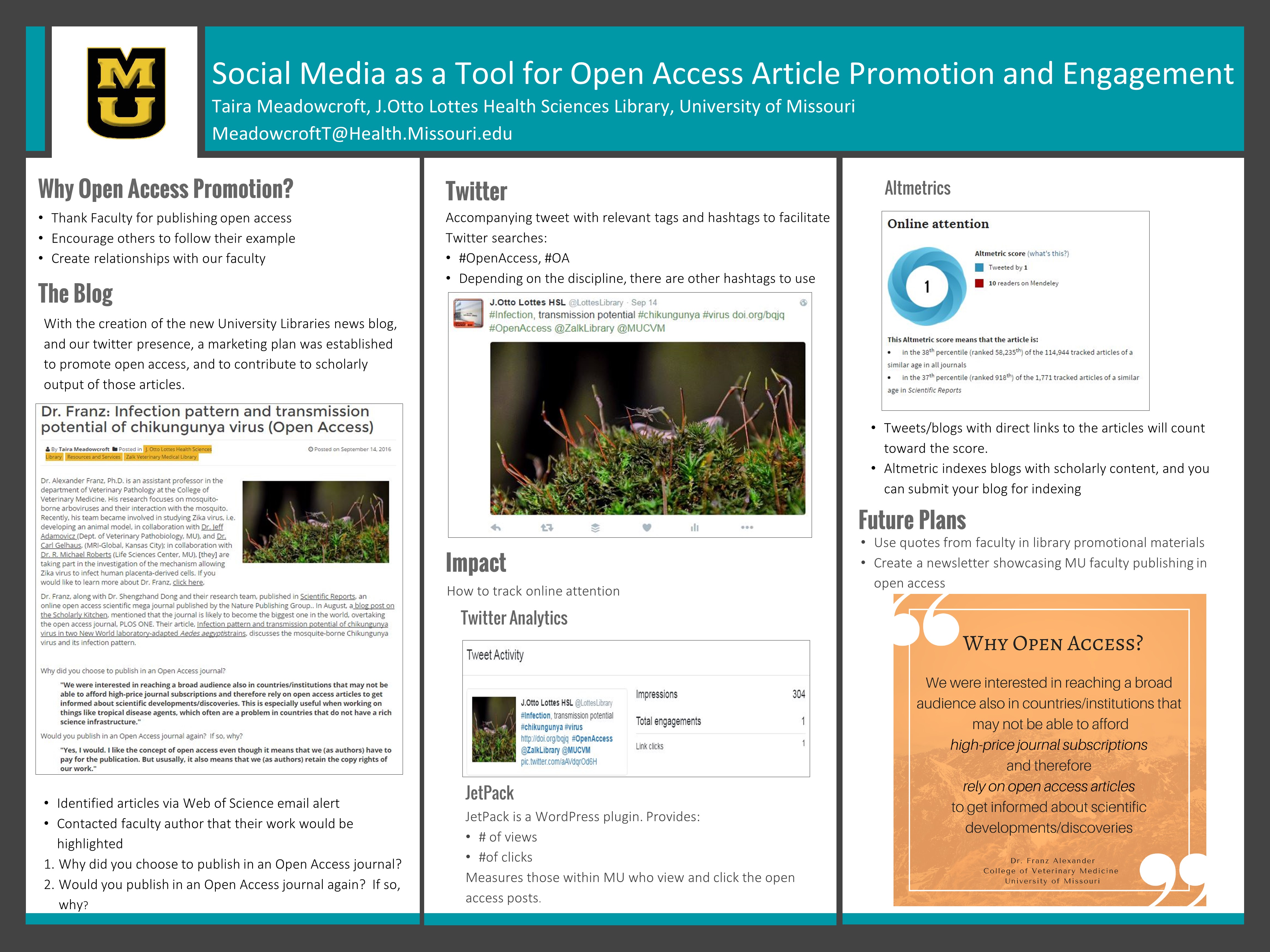In August, the physician research team of Dr. Francis Dailey, Dr. Erica Turse, Dr. Maliha Naseer, Dr. Jack Bragg, and Dr. Veysel Tahran published “Review of stem cells as promising therapy for perianal disease in inflammatory bowel disease,” in the open access journal World Journal of Transplantation (WJT).
Launched in 2011, WJT is devoted to reporting the latest research progress and findings in the field of transplantation. The fact the the journal was an open access journal indexed in Pubmed was a big draw to the team. Dr. Tahran says, “if the journal is open access, your papers and ideas can [reach] more people.” For Dr. Dailey, the instant access was the key factor for an open access journal as well. “As a reader of the medical literature I prefer the articles I search for to be open access for ease of obtaining access, and I want others to have this ease as well.”
This review presents current literature of stem cell therapy for patients with perianal inflammatory bowel diseases since the therapy’s emergence in the early 2000s. The team looked at several adipose and bone marrow stem cell studies to analyze the efficacy, outcomes, and safety within those studies. Seeing this as much needed information for their field, the open access journal avenue allowed the team to see their research published sooner rather than later. “Getting published in this journal was quicker and easier than traditional, subscription-only journals,” mentions Dr. Bragg. Not being a completely print journal gives open access journals the unique ability to review, provide feedback, and publish faster. Open Access journals are able to do this all while still providing quality research.
“There is no difference to me in the manuscript requirements for open access versus other journals. The quality of open access journals is also comparable to that of non-open access journals,” says Dr. Dailey.
If you are interested in publishing in an open access journal, the Health Sciences Library can assist in steering you toward the journals that best fit your research.
Dr. Francis Dailey is a Gastroenterology Fellow at MU Healthcare. He has publishes research related to gastroenterology, inflammatory bowel diseases, clinical gastroenterology, and others. His passion is clinical medicine and gastroenterology, but lovesalso being able to produce clinical research in these fields that can affect everyday clinical practice.
Dr. Jack Bragg is an Associate Professor of Clinical Medicine at MU Healthcare.
Dr. Vesyel Tahran is an Assistant Professor of Clinical Medicine whose research focuses on inflammatory bowel disease, hepatitis, and liver cancer, to name a few. in 2017, he was recognized as a Quality Improvement Champion by the MU Healthcare Department of Medicine’s Quality Improvement Committee for outstanding work in quality improvement. More recently, Dr. Tahran co-edited the book Viral Hepatitis: Chronic Hepatitis B.




